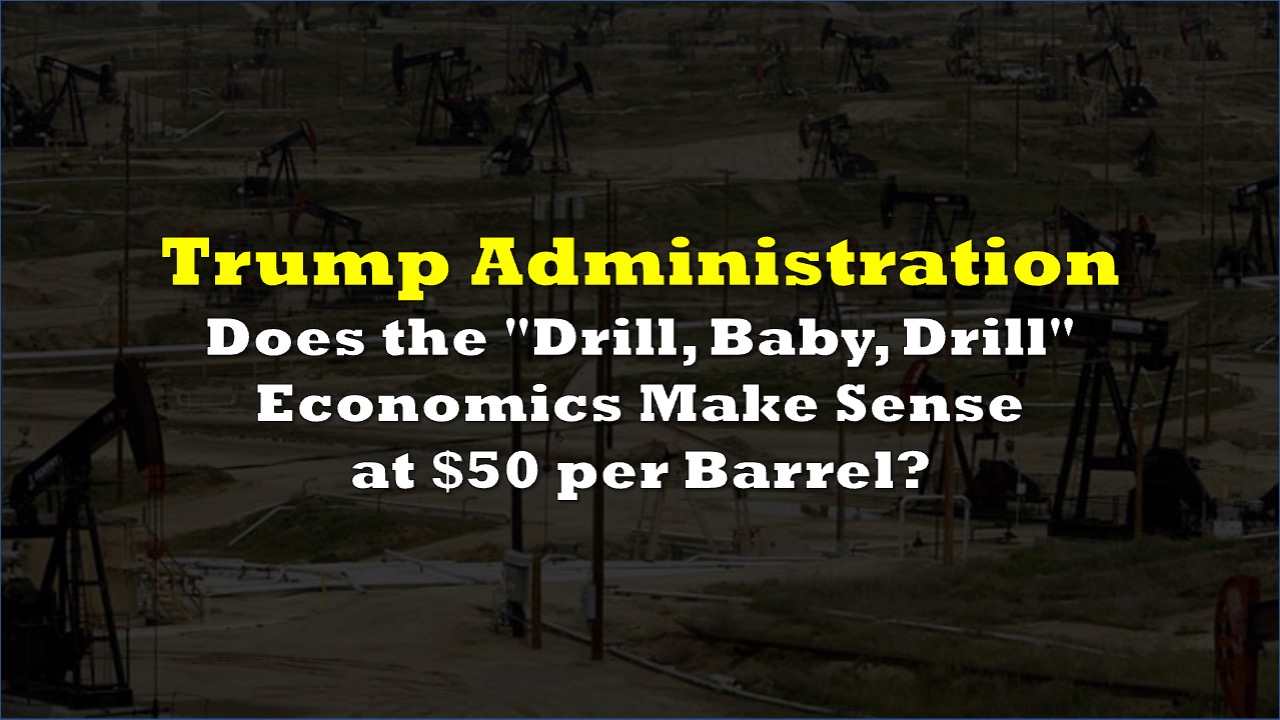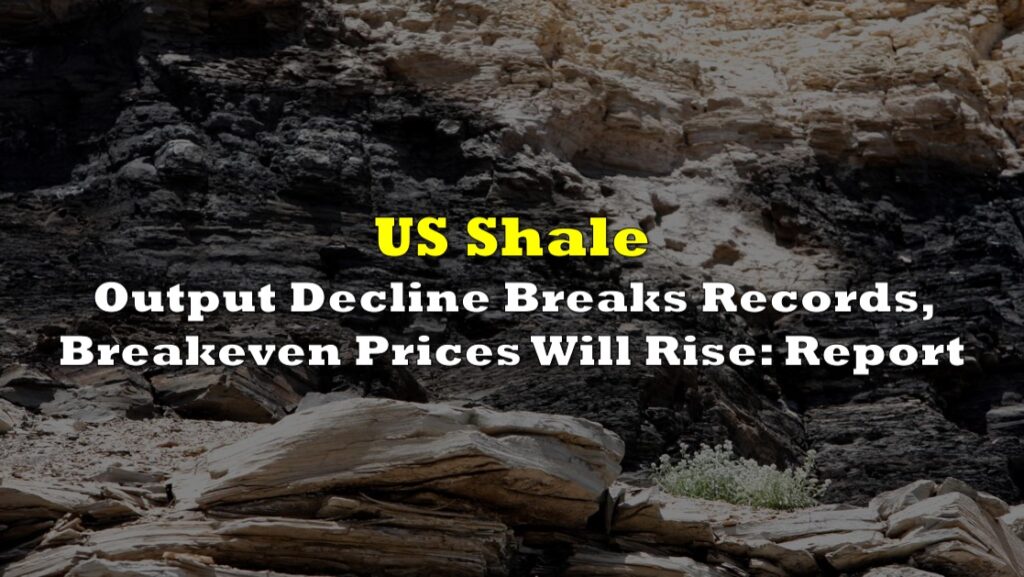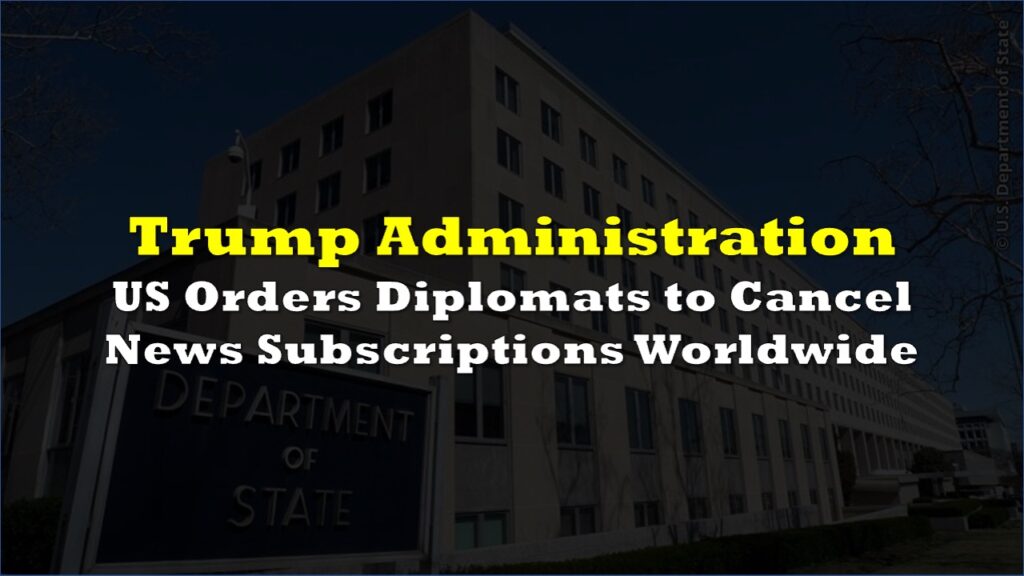Industry experts are challenging US Energy Secretary Chris Wright’s claim that shale producers can profitably boost output at $50 per barrel, warning that such price levels would likely curtail drilling activity despite the Trump administration’s push for increased domestic production.
“The economics of shale don’t work at $50 a barrel,” said Daniel Yergin, Pulitzer Prize-winning energy historian and author of “The New Map,” directly contradicting Wright’s optimistic assessment to the Financial Times that the sector could “absolutely” deliver on President Donald Trump’s “drill, baby, drill” pledge regardless of price pressures.
Industry data shows most producers would struggle at such price levels. S&P Global Commodity Insights projects the average break-even price for US shale in 2025 at $45 per barrel of West Texas Intermediate crude, leaving a very slim profit margin after companies pay transportation costs, royalties, and corporate overhead.
Andrew Gillick, managing director at energy research group Enverus, questioned whether the administration understands the economic constraints facing producers.
“Operators had most likely planned for prices to be over $70 this year, so at $50, rigs would likely drop and activity slow,” Gillick said. “And when the rigs drop in the Permian you lose the associated gas that the LNG industry is counting on at the end of the year.”
i bet oil companies are lining up, salivating at the chance to pump even more at less profit, because who wouldn't work twice as many hours for half the pay!! https://t.co/o0lRbpJbJk
— Patrick De Haan (@GasBuddyGuy) March 10, 2025
Wright’s comments follow a steep decline in oil prices, with Brent crude recently falling below $70 per barrel, reaching the lowest level since before Russia invaded Ukraine in 2022 amid concerns over the US economy and increased OPEC+ production.
Also read: OPEC+ Signals Resistance to Trump’s Price Demands
The remarks have reportedly unsettled executives gathering at CERAWeek in Houston this week, where industry leaders worry about maintaining profitability while meeting administration expectations for increased domestic production.
Wright, the former chief executive of fracking group Liberty Energy, drew parallels to the 2014 price war between OPEC producers and the shale industry, suggesting that disruption ultimately led to efficiency gains.
“There were a lot of bankruptcies. There was a lot of disruption, but the end result was far lower costs to produce a barrel of oil,” Wright told the Financial Times.
Critics argue this assessment oversimplifies the economic challenges facing producers today, who have already implemented most easily accessible efficiency improvements. Analysts note that most producers would likely require higher oil prices to profitably drill new wells, especially in less productive areas outside prime Permian Basin locations.
Trump repeatedly pledged during his campaign to slash energy costs in half within 12 months, though he never specified a target price for crude oil.
Information for this story was found via the sources and companies mentioned. The author has no securities or affiliations related to the organizations discussed. Not a recommendation to buy or sell. Always do additional research and consult a professional before purchasing a security. The author holds no licenses.









